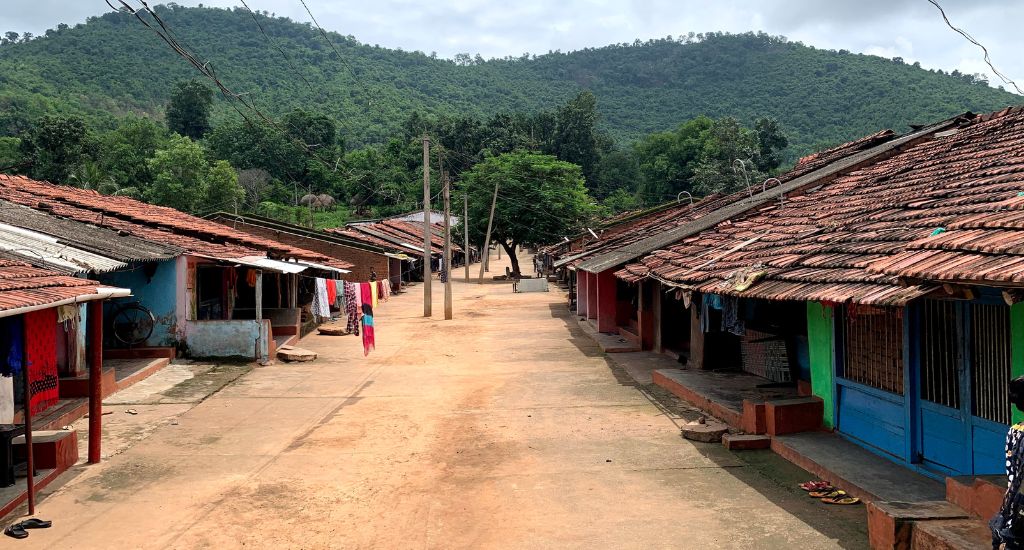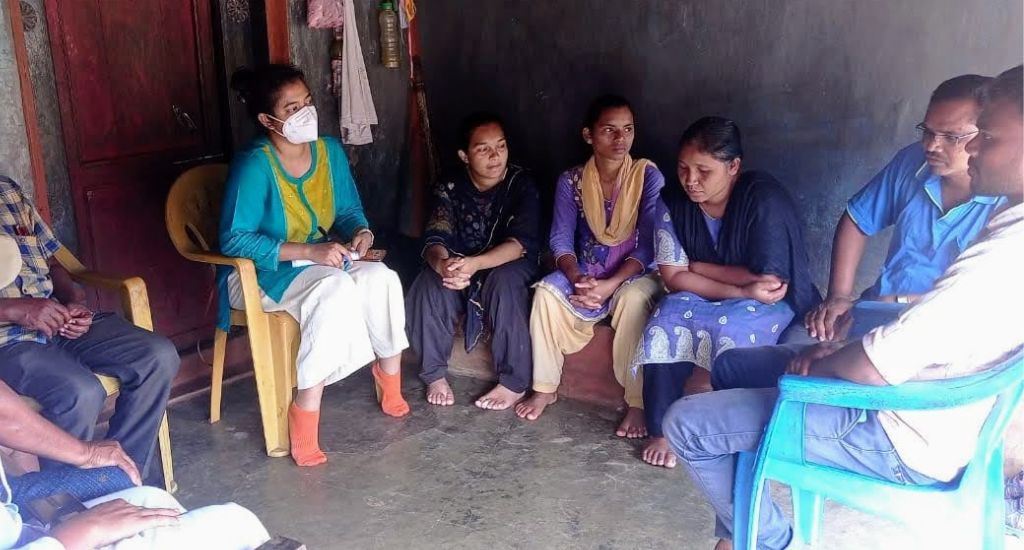
How Odisha’s Kondh tribe resolves conflicts
The community prefers internal conflict resolution instead of approaching the police or courts since the local mechanism is a cost effective process involving mediation by village elders.

The community prefers internal conflict resolution instead of approaching the police or courts since the local mechanism is a cost effective process involving mediation by village elders.
Preface: The social governance systems in Indian villages remained relatively stable for centuries. The khaap, jajmani, bara balutedar and the gam bura systems are but a few examples of these stable systems in different parts of the country. When viewed through the lens of today’s values, they appear patriarchal, feudal and iniquitous. But they served the purpose of maintaining social stability. This series explores how with changing times and values, the vestiges of these systems continue to survive and function.
When Lingaraj of Kakarmaska village in Bissamcuttack tehsil was at loggerheads with his brother regarding a piece of land, he did not file a complaint at the nearest police station. Instead, he reached out to the elders of his village who convened a meeting to resolve the dispute through dialogue.
Many communities in India have cultivated age-old methods of conflict resolution through dialogue and mediation. One such community that stands out is the Kondh tribe of south Odisha. With its steadfast commitment to self-governance, the community exemplifies the enduring strength of traditional conflict resolution practices.
The rural hinterlands of Bissamcuttack are surrounded by the Niyamgiri Hills, home to the Kondh and Sora tribes. A typical village here consists of rows of houses built on either side of the street.
According to the Kondhs, the community takes precedence over the individual. When there is a dispute among the residents of the village, the traditional method is to employ dialogue as the primary approach for conflict resolution.
This self-governance mechanism within the tribal villages is led by a male-dominated group of elders known as mukhiyas, who serve as the decision-makers in these gatherings. When there is a conflict between parties, they approach one of the mukhiyas, following which he instructs the baarika (messenger) to invite everyone for the conflict resolution meeting.
The mukhiyas address a wide range of issues at these meetings. The most common matters revolve around inter-village elopement or extramarital affairs. Other issues include domestic conflicts between partners or brothers, animal theft and land disputes such as in Lingaraj’s case. Offences such as theft of goats, buffaloes and cows are considered serious.

Another practice that used to be discussed a lot earlier, although it has become less prevalent now, is zikki, wherein a man who has a romantic interest in a woman goes on a hunt with his associates to abduct her. In most cases, the woman is aware of it, and the entire activity is a prearranged set-up for an inter-village marriage. Resolving such cases peacefully often requires numerous meetings.
Also in this series: The much-maligned khaaps still have potential
The purpose of the tribal council is to achieve dispute resolution through mediation, placing a strong emphasis on collaboration. These gatherings are characterised by an open forum without formal arrangements or documentation, relying instead on verbal agreements and collective memory. While the attendance of a person from every family is not mandatory, the invitation is open to all.
In Lingaraj’s case, the baarika invited everyone from Kakarmaska village. The meeting commenced with the lighting of incense sticks, signifying the sacredness of the process.
The baarika, acting as the moderator, presented the dispute, allowing both parties to offer their perspectives. Men with good character, experience and expertise were encouraged to contribute suggestions and advice during the meeting. While they were allowed to voice their opinions, the final decision rested with the mukhiyas.
The collective decision-making, often with one of the mukhiyas serving as a tiebreaker, ensures that a conflict is resolved peacefully. In Lingaraj’s case, after discussions, one of the mukhiyas delivered the verdict that his brother was guilty of starting the fight, but both had equal right to cultivate the land. After the meeting, a meal was served, with Lingaraj bearing the expenses for food and his brother, who was pronounced guilty, buying alcohol.
In general, both parties involved in the dispute contribute to the fine, with the accused typically paying more than the victim. This emphasis on shared responsibility fosters a sense of unity and communal support among them.
The distribution of proportions may vary depending on the case. In the past, animals, assets or bottles of alcohol were considered as fees.
Also Read | Why Dongria Kondh women prefer childbirth at home
Even in the case of rivalry between villages, the mukhiyas exemplify true leadership by maintaining impartiality throughout the decision-making process, ensuring that justice prevails.
Usually, no one challenges the final decisions made in these meetings, as they are aware of the consequences: social boycott, known as bahiskaar or baachhanda in Odia. If anyone disrespects the mukhiyas or rejects the decision, his family is ostracised from the community.
When individuals seek external assistance, they come to realise the value of the community’s dialogic processes. They discover that if they pay Rs 10 within the village, they will have to pay Rs 10,000 with external involvement, making them realise that settling disputes within the village is both convenient and cost effective.
For instance, Lingaraj’s case would have lingered in the court for years. One of the majhis, who are mukhiyas appointed mainly for caste-related matters, poignantly stated, “How is it to sit under the sun and how is it to sit under the shade?”

External involvement is discouraged and disputes between villages may be escalated to a higher authority. The Aadivasi Kandha Kula Samaj of Bissamcuttack block serves as a higher authority to resolve the disputes between villages that cannot be settled through mutual agreement. Their meetings are more formal in nature, focus on concerns involving non-tribal individuals and are documented.
The key factor that contributes to the success of this system of traditional conflict resolution among the tribes of Rayagada is their trust and respect for the elderly. The community firmly believes that the righteous are virtuous and that the consequences of truth are inevitable. Moreover, the fear of being ostracised coerces individuals to speak the truth and adhere to traditions.
When the elders gather to settle disputes between two villages, they maintain impartiality. One of the mukhiyas from Kachapaju village said, “Trust is everything. We are always in pursuit of justice. Right is right, and wrong is wrong. Nobody can escape from it.”
The Kondh tribes’ self-governance mechanism has stood the test of time and continues to be an efficient and cost-effective way of resolving conflicts. The strength of these processes lies in the collective power of the community rather than individual influence.
Their reliance on dialogue, trust and collective decision-making has proven effective in addressing a wide range of issues, from inter-village elopement to domestic conflicts and land disputes. These conflict resolution practices emphasise community engagement, common ground and a collective approach while acknowledging the need for further inclusion and representation of all members, including women.
Also Read | Kitchen gardens improve nutritional diversity of Kondhs
The lead photo at the top shows the mukhiyas of Badalima village who play a crucial role in conflict resolution (Photo by Minaj Ranjita Singh)
Minaj Ranjita Singh is currently working as a consultant with the World Bank. She completed her masters from Johns Hopkins University and has worked with Clinton Foundation, CDC Foundation and VikasAnvesh Foundation in the past.